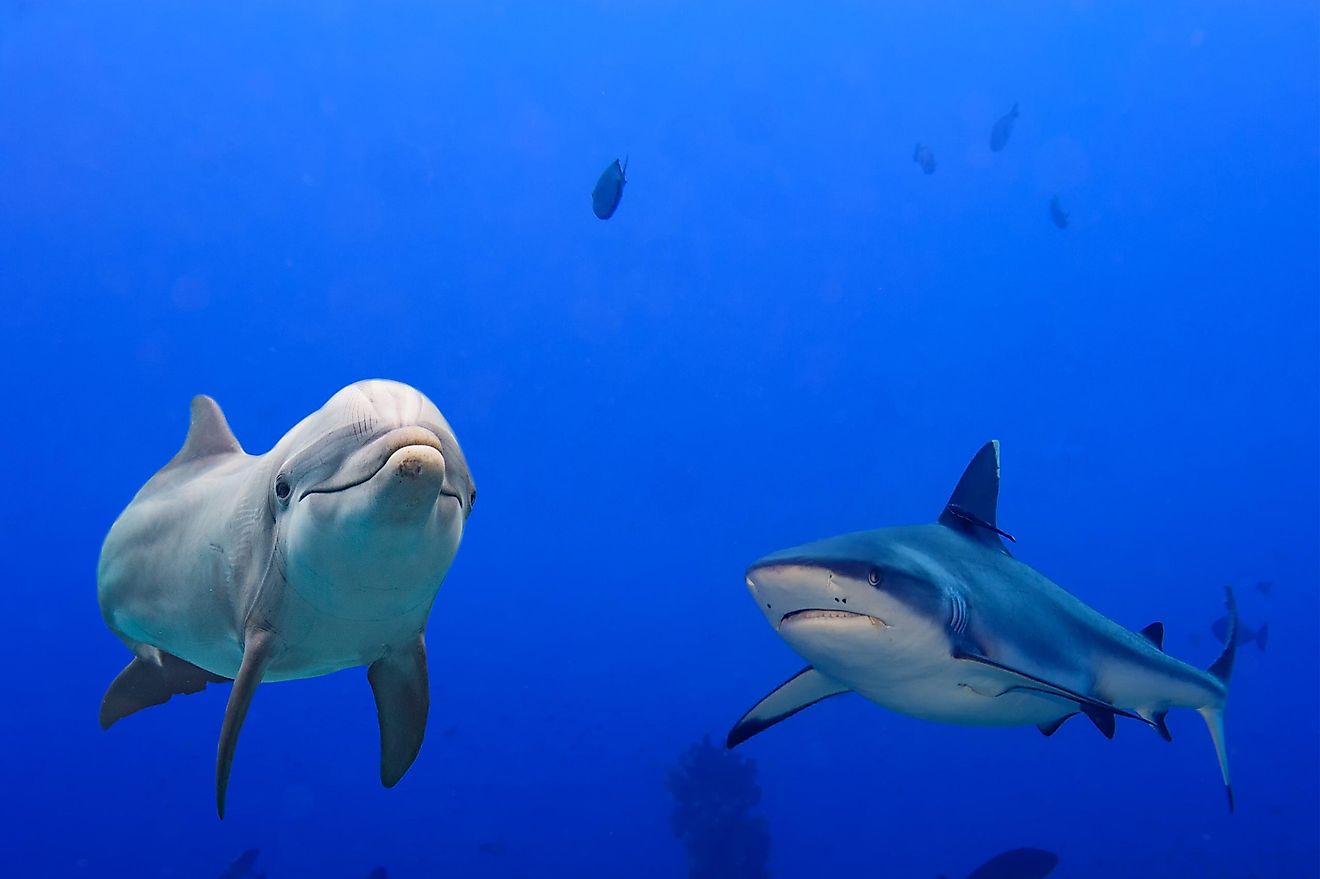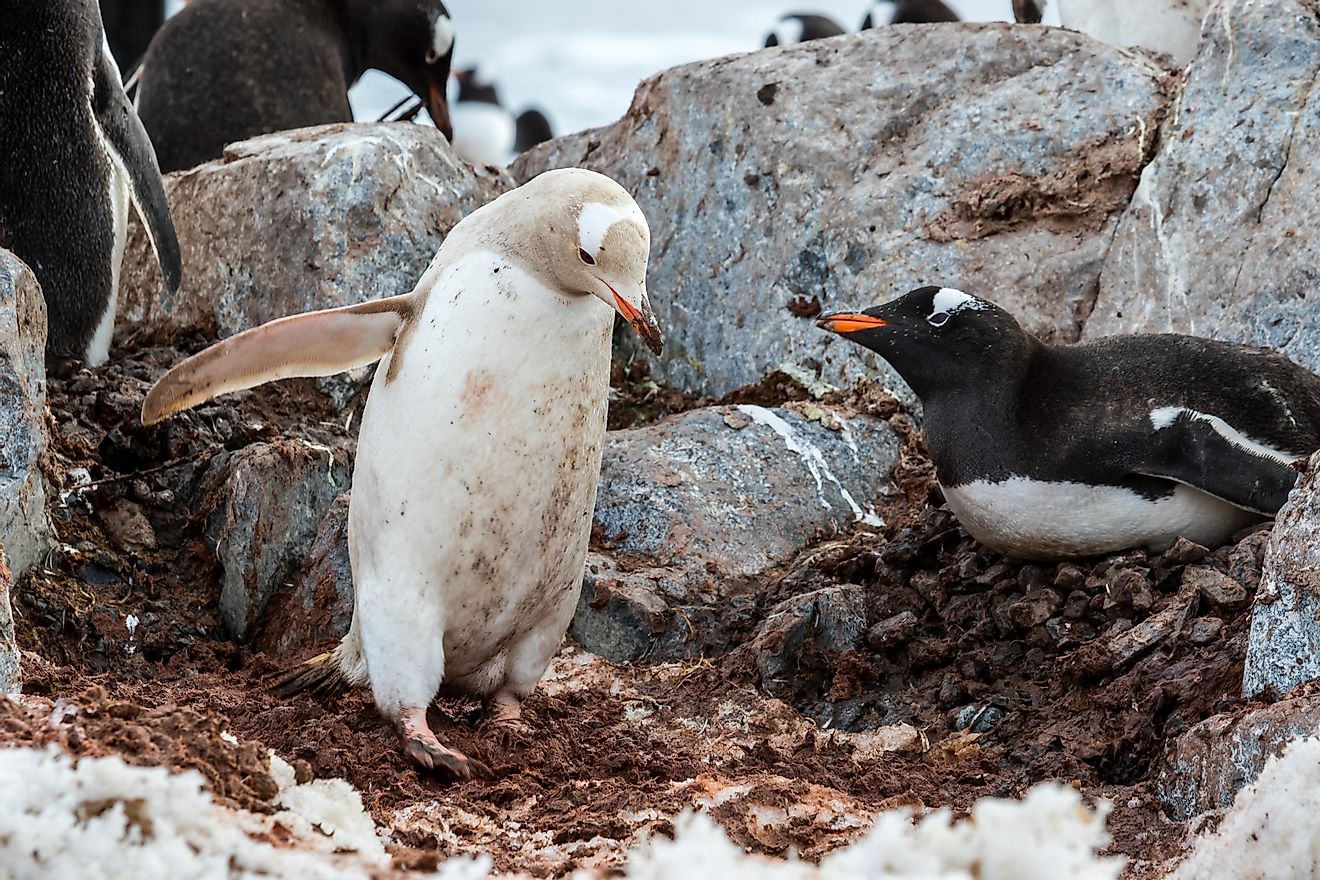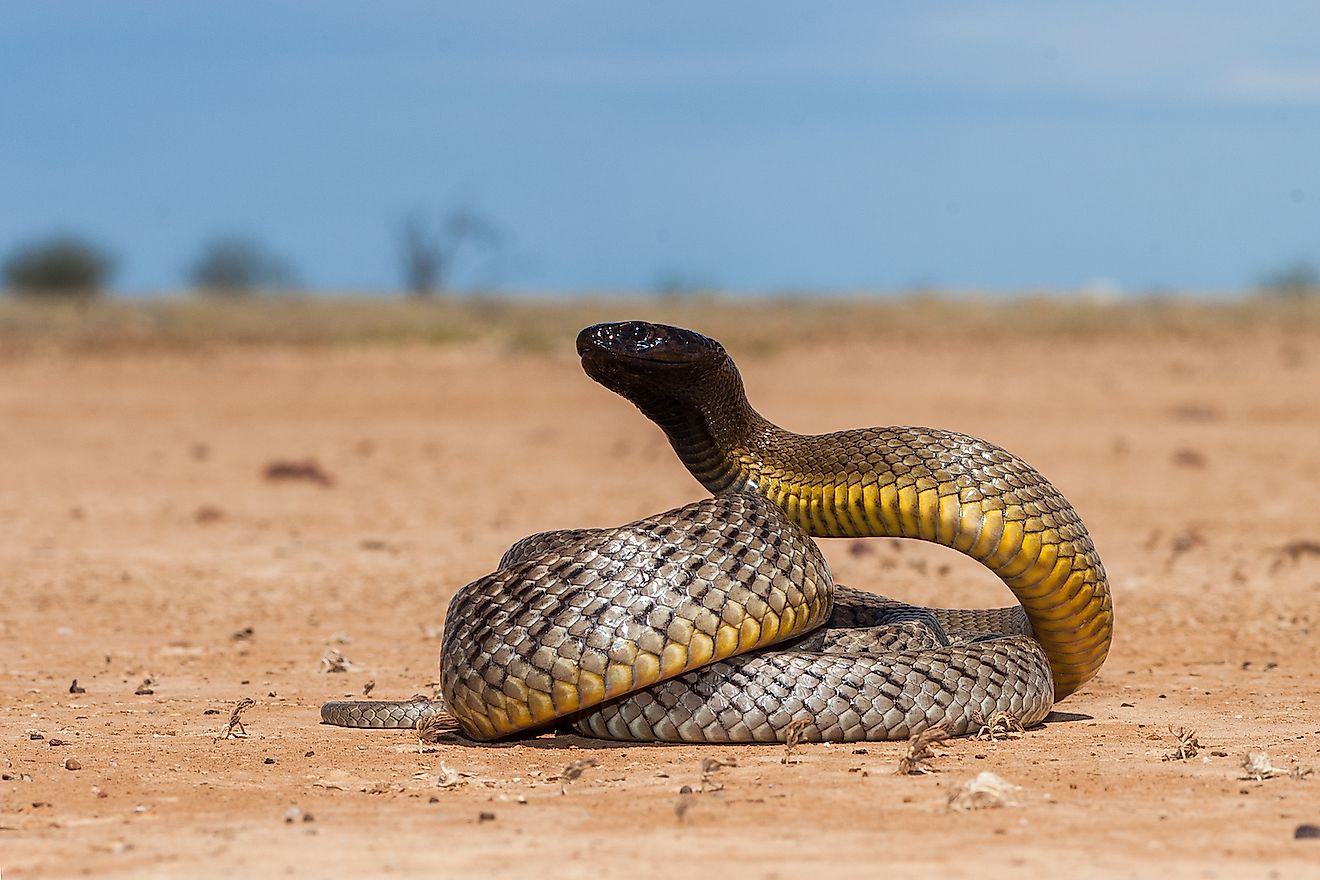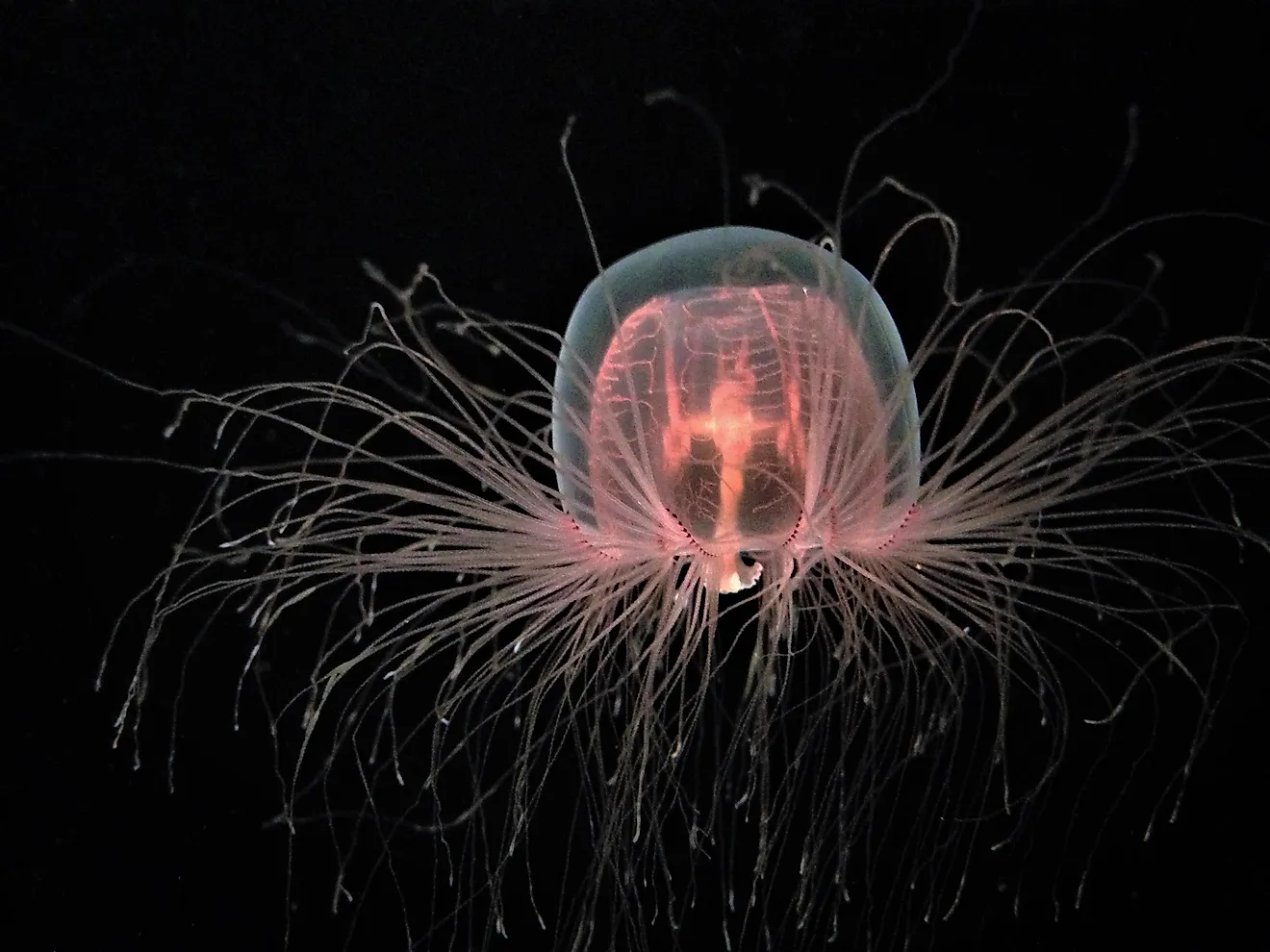What Is Convergent Evolution?

Convergent evolution happens when two or more different species develop similar biological characteristics. This concept is most commonly associated with Richard Owen, a British biologist. In the 19th century, Owen pointed out the discrepancy between animal biological traits saying how some body parts are built in a similar way among different species.
How Convergent Evolution Occurs
Convergent evolution happens because different species respond to the challenges they are facing in a similar way. The interesting part about this process is the fact that the species either do not share a common ancestor, or that ancestor lived so long ago it is almost impossible to see it as a cause for evolution. If the two species live in the same environment, their response to the challenges is the driving force for convergent evolution.
Sharks And Dolphins
One of the most extraordinary examples of convergent evolution is the one we find in sharks and dolphins. We will all agree that the two species look very similar, and yet they are utterly unrelated. Both species belong to the same evolutionary slot: living in the oceans and being fast swimmers with frictionless skin that helps them hunt down their prey. The last common ancestor of sharks and dolphins inhabited the Earth more than 290 million years ago.
The differences between sharks and dolphins are enormous. First of all, sharks are fish, and dolphins are mammals. The dolphin evolution started in the water, continued on land with a mammal species called Pakicetus, that later returned back into the ocean. From there, the evolution lines that can be followed are whales and dolphins. On the other hand, the lineage of sharks never left the seas, and they continued to evolve strictly underwater.
This is where things get interesting. If we take a look at the dolphin’s fin, we can see how similar it is to the structure of a human hand. At the same time, dolphin’s fin serves the same purpose as shark’s fin: the two fins have the same purpose, yet they do not share the same shape because they developed convergently.
Analogous Body Parts
If we take a look at some other species, we can find even more intriguing examples of convergent evolution. Pandas use a part of their body that looks like a thumb to climb bamboo trees and snap the little branches for food. We could think that panda’s paw is the same as a human hand, but in reality, it is entirely different. The panda’s thumb is a short bone that protrudes from its palm, and although it can serve the same purpose as our own thumb. But, the primates developed an opposable thumb around 50 million years ago. Pandas developed it less than 20 million years ago. If we compare ourselves to another species - an octopus - we can see how both humans and octopuses have very similar eyes that are made out of an iris, a lens, and a retina. However, these body parts are analogous and not homologous to each other.











